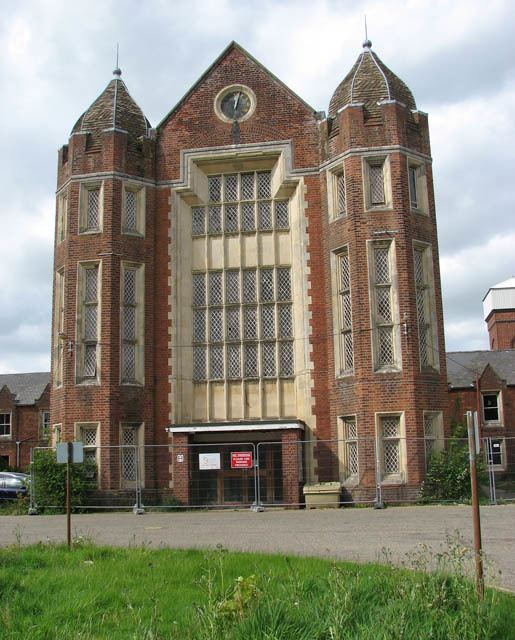William John Donthorn (1799–1859) was a notable early 19th-century English architect, and one of the founders of what became the Royal Institute of British Architects (RIBA).
He was born in Swaffham, Norfolk and a pupil of Sir Jeffry Wyattville. He worked both in the Gothic and Classical styles, but is perhaps best known for his severe Greek Revival country houses - most of which have been demolished.
In 1834 he was one of several prominent architects to form the Institute of British Architects in London (later RIBA).
A large number of his drawings are in the RIBA drawings collection, now housed at the Victoria and Albert Museum.
Cromer Hall, Cromer, Norfolk, 1829Elmham Hall, Norfolk (Demolished)Hillington Hall, Norfolk (Demolished)Watlington Hall, Norfolk (Demolished)Pickenham Hall, South Pickenham, Norfolk (Demolished). Between 1902 and 1905 architect Robert Weir Schultz extensively rebuilt and enlarged the hall, incorporating the previous house, in the Arts and Crafts style.improvements to Felbrigg Hall, NorfolkUpton Hall, near Southwell, NottinghamshireHighcliffe Castle near Christchurch, Dorset (from 1830)workhouses in Ely (1837) and Wisbech (1838) (Cambridgeshire), Aylsham (1848-9) and Downham Market (Norfolk) and Oakham and Uppingham (Rutland)Sessions House, Peterborough (completed 1842)Holy Trinity Church, Upper Dicker, East Sussex (1843)The Old Rectory, Dummer, near Basingstoke, Hampshire (1850)Home Farm, Marham, Norfolk (completed 1860). Gothic house with classical stables, all grade II listed. 
